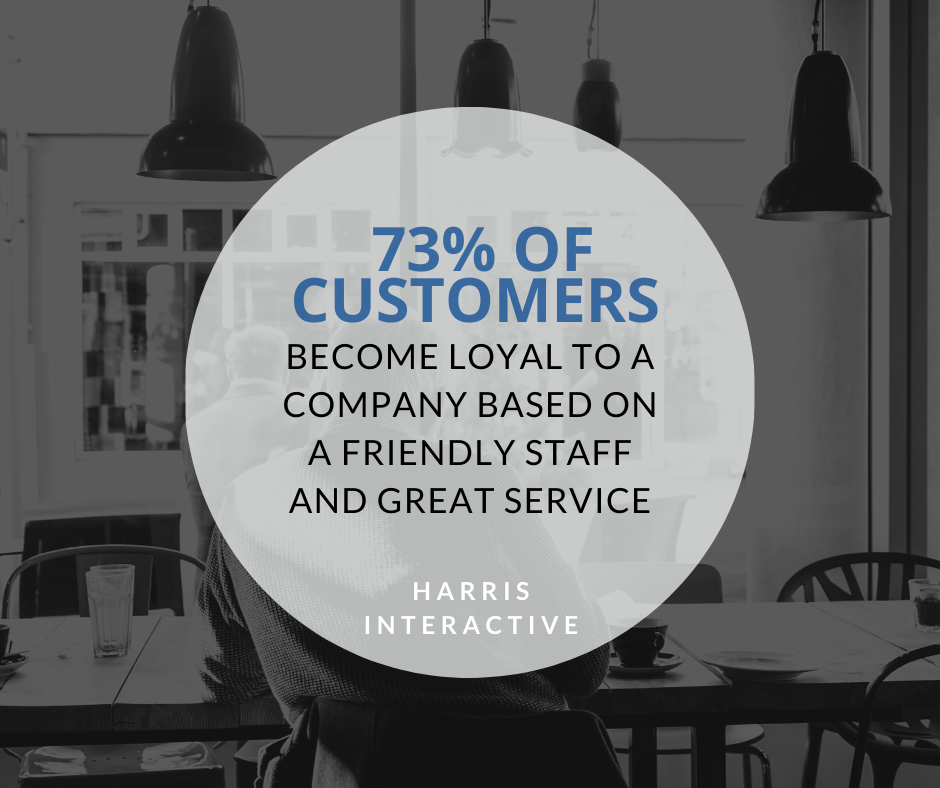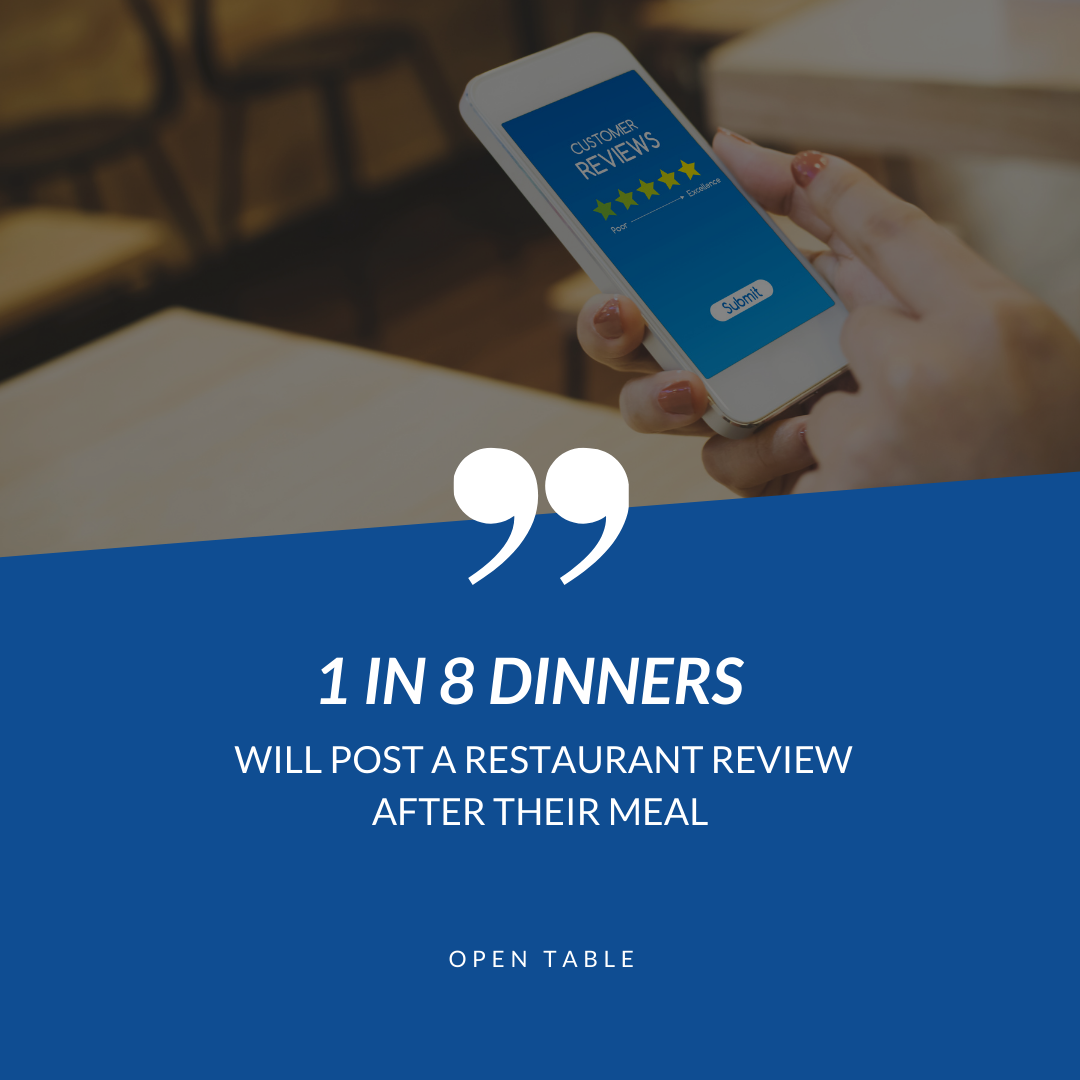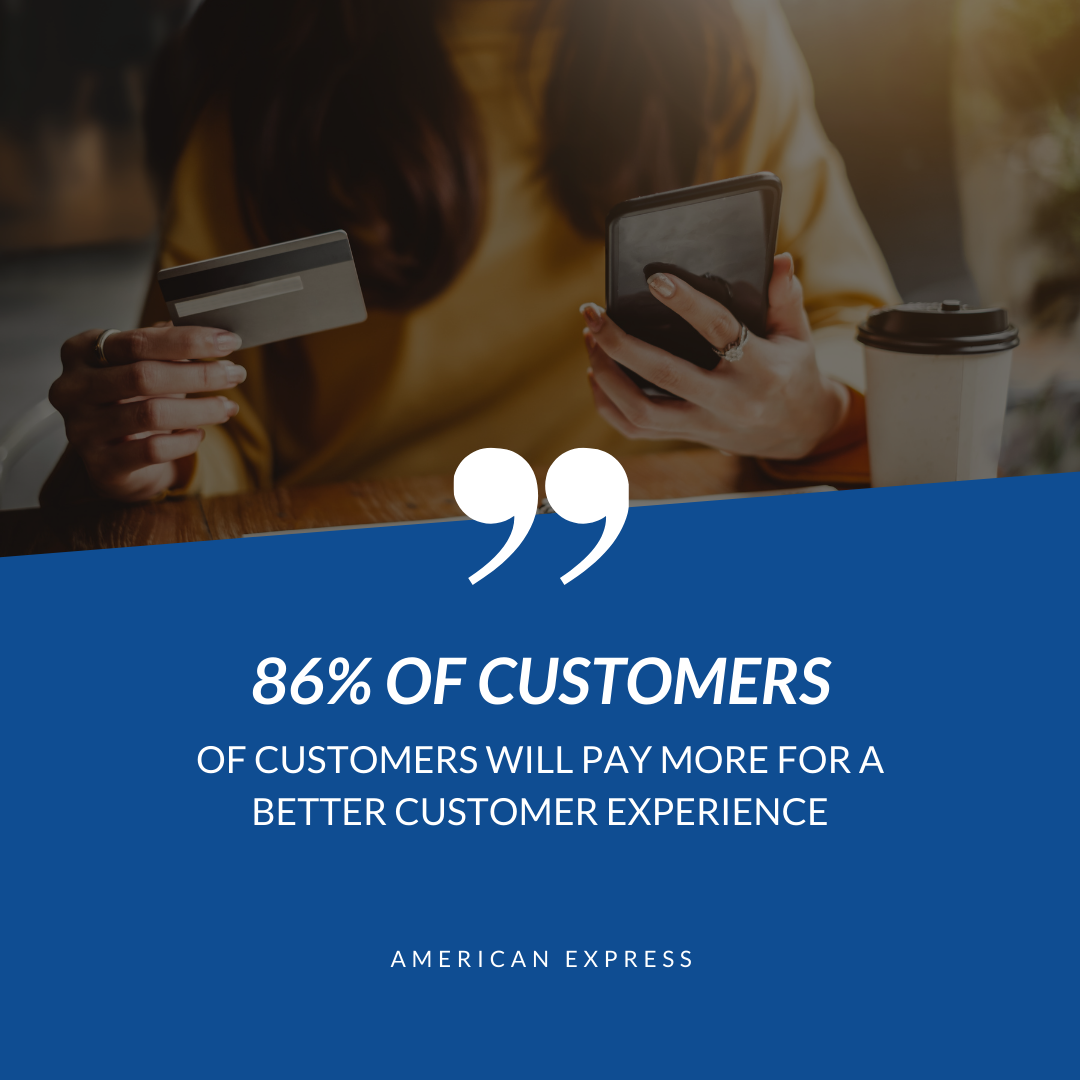Product knowledge & Sales training doesn’t need to be difficult, but so many businesses just dont do it right, or just dont do it at all.
In this article, we will exploring 5 things you can do to make your training more effective.
There are many reasons why product knowledge and sales training doesn’t work, from the quality of the content, the ability of the trainer, the motivation and commitment of the team involved and the buying habits of customers.
If you have spent any time in the hospitality industry you will have experienced one or two product knowledge training sessions. Where brand ambassadors, promotion staff or product trainers visit your venue, provide tastings, talk in depth about their products, provide your venue with branded menu cards and then send you on the way to sell, sell, sell.
The problem is product knowledge training doesn’t really work.
Now don’t get me wrong, I am not saying that product training doesn’t improve sales sometimes.
What I am saying is that very few businesses get the best results out of their training that achieves real benefits.
So, let’s take at some of the reasons why.
1. Your long-term sales are a result of your service
To be profitable, your business must provide both great products and great service, so that it encourages customers to buy more and to become loyal to you and your brand.
The reality is very few businesses will survive on just great products alone.
Today, each business must deal with more competition and increased customer demands.
When customers visit your venue, they expect both a great product and great service, and if you don’t, won’t or can’t deliver this then these customers have no reason to buy or to return.

Therefore, it is essential that when conducting any product knowledge and sales training that you focus on both:
- increasing sales, and
- improving the customer experience
The goal of product knowledge and sales training must be to enable your team to deliver customer experiences that encourage customers to want to buy more, and encourage them to want to return, and/or promote your business to their colleagues and friends.
However, if you train your team to focus on trying to get the most sales at the expense of the customer experience then you are setting your business up for failure in the long run.
Example
Have you ever visited a restaurant/ bar or café where the bill total was more than you had planned to pay? As you reflected on the experience:
If the experience was great – Where the server was knowledgeable, friendly and attentive, the food and drinks were well portioned and tasty. As you pay the bill it leaves you with a positive attitude about the experience, and even though you have paid more than you wanted to; you to think to yourself,
“IT WAS EXPENSIVE, BUT IT WAS WORTH IT!”
But what if the experience was ordinary or even poor - Where the server was over the top and too intense, always trying to push the promotional items on you, or they kept suggesting the most expensive items on the menu.
You pay the bill with a bitter taste in your mouth, you leave dissatisfied and feeling as though you have been ripped off. As you leave you think to yourself
“THAT WAS A WASTE OF MONEY”
Tips
Train your team
- To identify what each customer wants, and then make recommendations that meet their needs.
- So, they know their food and drink menus
- So, they know what food and drink complement each other
- How to suggest meal add-ons, sides and matching beverages that enhance the customer experience.
- To check for satisfaction at the right times
2. Your team need to have a sales and service mindset
You may have heard the phrase ‘You need to have a sales mindset to be a good salesperson’. The idea is simple, an employee who has the drive and willingness to sell will be the best salesperson.
‘Right’
The reality is this is only partially true.

After all, it is no good having a sales mindset if you don’t know what you are selling, what the customer wants, or don’t have confidence in your own ability to sell.
To be effective at sales there are 3 things that motivate and drive your employees to promote and sell menu items.
- What they KNOW about your menu items, your services, the customer and the marketplace.
- What they DO and how they promote and sell to customers (i.e. do they actively promote specials)
- What they THINK about sales, the need to deliver quality service, the products, the business, and even the customer. (i.e. do they think the food and drinks selection is high quality/value or not)

All three elements are essential to creating a sales and service culture.
One of the ironies about product knowledge training is that it focuses mainly on learning general information about the product (KNOW).
What is often missing is how to use or apply this knowledge. This could be a simple and easy to follow sales process (DO) that all employees can use to promote and sell not just this item but all your menu items.
Example
Offer every customer bottled sparkling or still water when they sit down
Once your team have a good knowledge of their products, and how and when to offer it to customers, this will in turn help to build their self-confidence and willingness to promote and sell the menu items (THINK).
The greater the levels of self-confidence your team has, the more likely are to engage with your customers, the more they will learn what the customer needs and wants, the more they will be able to create memorable experiences.
The result will be happier customers and more revenue.
Tips
- Improve what your team KNOWS - after a product knowledge training session provide on the spot quizzes and reinforcing their learning in team briefings and team talks.
- Improve how your team DOES - implement a simple and easy sales process that everyone can follow.
- Improve how your team THINKS – Set realistic sales goals for everyone, celebrating small wins, get the team to talk about challenges of selling and help them identify ways to overcome them.
Often how we train staff to describe menu items is wrong, it is too complex and often it is too hard to understand for the staff member and the customers.
Don’t believe me!!!
Example
When is the last time a customer has ordered a glass of wine like this?
‘I want a mellow red wine with concentrated berry flavour with a creamy texture and light tannins.’
Or when did a customer order a meal by saying something like this?
‘’I want a tender cooked fillet of salmon, fried in a light soy and sesame sauce, with wilted greens mashed potato and crispy onions.’
The answer is never.
This is because this is the language, we use to describe food and drink on our menus and has been written to help customers visualise each menu item.
The problem is these terms are often subjective (I.e. interpreted differently), and they are not how people talk. Often when providing menu training, employees are taught to describe food and beverages using this same style of colourful and vibrant language.
To achieve this, employees are introduced to complex wine wheels, product tasting notes, and given in-depth descriptions to describe specific flavours, aromas, and tastes.
But everyone’s tastes and perceptions of taste are different
So, what if an employee can’t smell or taste berries in a glass of wine or they can’t describe the taste difference between a salmon, or a tuna steak does that mean they are wrong?
The answer is no!
To overcome this, you need to train your staff on how to describe your menu items using the language that both they and the customers understand.
Think about how customers tell you what type of meal or beverage they want.
Unless they have a specific product in mind, they often provide an idea of what they are looking for and want the server to provide a suggestion.
When asked what they a relooking for, customers will respond by saying things like
- ‘I am hungry what can you recommend?’,
- I am on a diet and am looking for something light,
- ‘I would like a dry red wine’
- ‘What dark beers do you have?’

Using descriptive words
Your customers use general descriptive words to identify what they are looking for, they then expect the server, bartender or waiter to ask some more questions for clarification and then provide them with suggestions.
But what if the employee doesn’t know:
- which meal is light, medium or heavy in texture,
- which meal is rich and hearty or light and crisp,
- which wine is light, medium or heavy in texture,
- which wine is dry, medium or sweet?
How can they make a good suggestion that meets the customer’s needs?
The answer is they can’t.
Tips
- Identify the type of words your customers use to describe what they want and use this to help your team describe your menu items
- Teach your teams about simple to describe tastes, textures, and aromas of food and drinks
- Teach the menu items in similar tastes groups (i.e. light, heavy, spicy etc.)
4. Train in small amounts and often
People have short memories; and studies have shown that employees will forget as much as 80% of what is trained within 24 – 48 hours if it is not reinforced. And this causes a big problem when providing both skills and knowledge training.
If you don’t provide product knowledge training at the right time and in the right way, you are wasting your time as well as losing sales opportunities.
What influences how employees remember is what they perceive as
- Useful: like information that can be used right away.
- Relevant: like information that helps everyone in their job or in their lives.
- Emotional: like information that will help them to stay safe, usually moving them towards a positive experience or away from a negative one.

Two common challenges of product training
It is done infrequently (usually depending on the availability of the product ambassador). This often leads to too much time between an employee learning something and then being able to apply it in the workplace. The result is it is quickly forgotten.
Often product training is delivered away from the workplace, off-site in a purpose-built training facility (like a coffee roastery, brewery or distillery), where the employee is immersed in the product, including its history, production methods, and the science behind it. They train how to make products in an unfamiliar location while using unfamiliar tools and equipment.
The result is that often an employee returns motivated and enthusiastic about their learning experience, but soon this disappears as they get back to business as usual, were the other staff are doing things differently to what the employee learned on the training event.
Tips
- Provide knowledge training before it is needed and reinforce the learning every few days
- Design your training to be delivered on the job
- Reinforce product knowledge in staff briefings and meetings
- Provide opportunities for your team to practice skills training
- Get employees to share their knowledge with others
- Provide training resources for employees who could not attend a training session
5. Train your entire team – including the casual staff
When do you have most staff on shift?
It is a no brainer, you need the most staff (permanent and casual) on the floor during the busy times, this is logical as it is when you have the most customers and can make the most sales.
However, it is also the time when you can annoy the most customers through poor or inattentive service.
This is usually the result of a lack of training.
The reality for many businesses is that product knowledge training is delivered:
- By suppliers or brand ambassadors, usually, when they are available - after all they are the experts
- On slow service days of the week that are not busy- This usually restricts the attendance to staff who are rostered on shift or to those that can make it on their days off.
This means that often employees are absent from all or parts of the product knowledge training as they have other responsibilities (like a second job or studies), or they are rostered on shift and must continue serving at the bar.
So, the information is either limited to select team members or employees who were unable to attend the training must access the information themselves or are given documents to read at the start of their next shift.

This is a recipe for disaster, as employees have to cram the information in as part of their pre shift meeting (if they have one), often with little context. This leads to the employee being overwhelmed, frustrated and confused.
When an employee is either unaware or lacks confidence in their knowledge of a product they will actively avoid suggesting and promoting these menu items as they don’t know enough about them.
Check out our article on the difference between customer service training and coaching.
Example
Imagine you are a customer in a bar, on top of a table you see a menu card promoting a new bar snack menu, you ask the server what is in the dish, and they proceed to read from the menu.
- How would this make you feel?
- Would this encourage you to buy?
- Would you be encouraged by any other recommendations they may make?
Probably not.
Tips
- Provide time for all employees to learn about any new products or menu items
- Provide information in bite-sized chunks, to give your team time to understand it.
- Buddy competent staff who have received and understand the training with employees who have not had it
- Don’t let anyone work a section without demonstrating they know their menu and promotions
5 ways to deliver product knowledge training that increases sales
So, there we have it, our 5 ways to deliver product knowledge training that increases sales. Product & Sales training doesn’t need to be difficult, with a little bit of planning and effort you can make sure that everyone in your team is able to provide an exceptional customer experience that encourages them to want to buy, promote your business, and most importantly return.
WHAT ARE YOUR THOUGHTS? DO YOU AGREE, OR DO YOU HAVE A DIFFERENT PERSPECTIVE? If so, then leave your comments and feedback below

